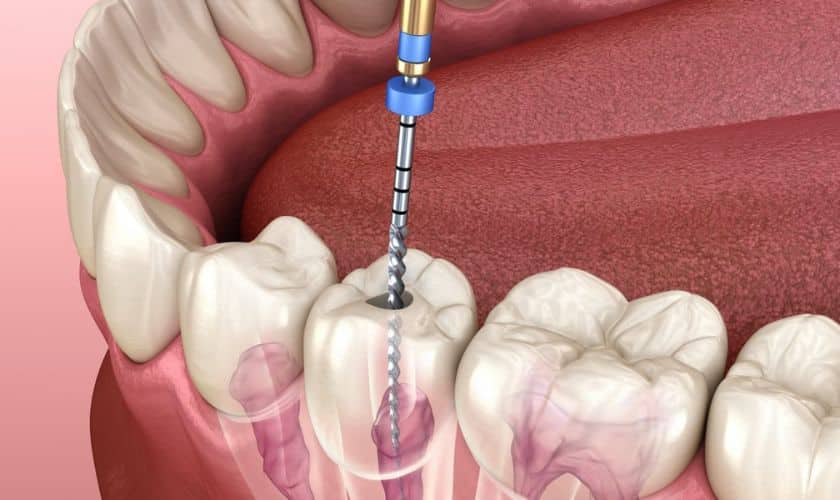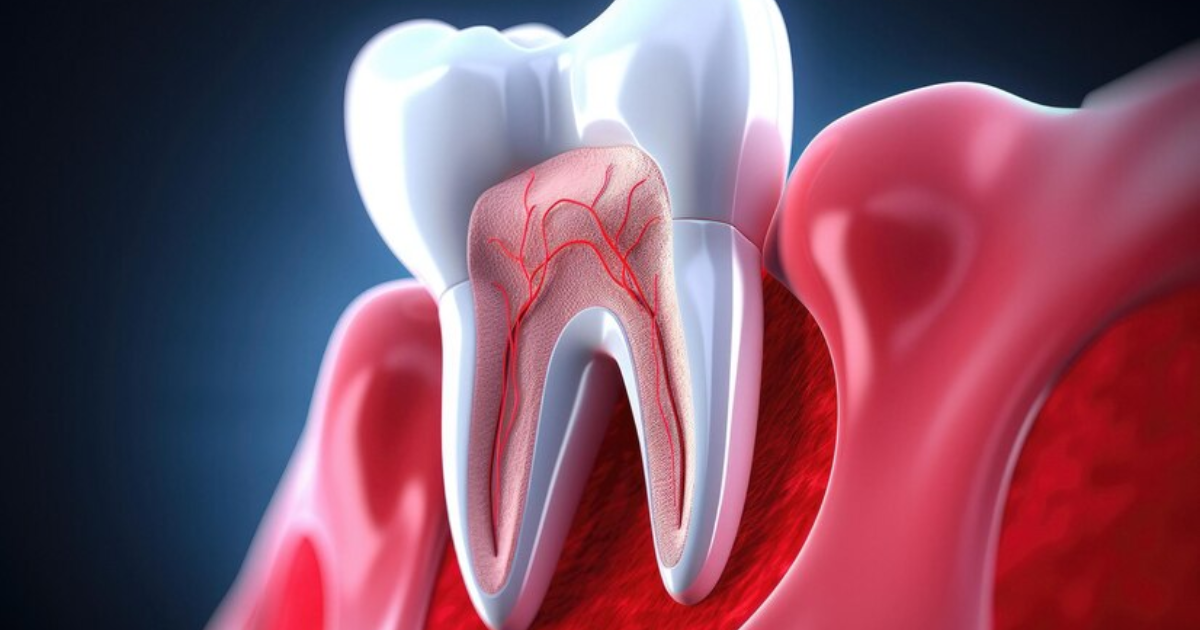Welcome to the world of root canals, where tooth pain is banished, and radiant smiles are restored. Root canals have long been associated with fear and anxiety, but they are a special dental procedure that can save teeth and alleviate discomfort. When a tooth’s pulp becomes infected or inflamed, a root canal treatment is performed to remove the infected tissue, clean the root canal system, and seal it to prevent further infection. This procedure not only relieves tooth pain but also preserves the natural tooth, preventing the need for extraction. Join us as we delve into the fascinating realm of root canals, exploring their benefits, misconceptions, and the transformative impact they have on restoring radiant smiles.
Understanding the Need for Root Canals
Root canals are necessary when the innermost part of a tooth, known as the pulp, becomes infected or inflamed. It can occur due to deep decay, repeated dental procedures, cracks or fractures in the tooth, or trauma. The infection can spread when left untreated, causing severe pain, sensitivity to hot and cold, and swelling. Root canal treatment is essential to remove the infected pulp, clean the root canal, and seal it to prevent further infection. By addressing the underlying issue and preserving the natural tooth structure, root canals alleviate tooth pain, restore oral health, and prevent tooth extraction.

The Root Canal Procedure
The root canal procedure is a multi-step process that aims to alleviate tooth pain and save the natural tooth. Here is a breakdown of the root canal procedure:
1. Evaluation and X-rays: The dentist examines the affected tooth, evaluates the extent of the infection or inflammation, and takes X-rays to assess the root canal’s shape and determine the best course of treatment.
2. Anesthesia: Local anesthesia is administered to numb the area around the tooth, ensuring a painless procedure.
3. Accessing the pulp: A small access hole is drilled into the tooth to reach the pulp chamber and root canals.
4. Cleaning and shaping: Specialized dental instruments carefully remove the infected or inflamed pulp from the pulp chamber and root canals. The canals are then shaped and cleaned to remove any remaining bacteria or debris.
5. Filling the canals: The cleaned root canals are filled with a biocompatible gutta-percha material. It seals the canals, preventing further infection.
6. Restoration: After completing the root canal, the access hole is filled and sealed with a temporary filling. A dental crown or filling may be placed later to restore the tooth’s functionality and protect it from further damage.
7. Follow-up care: A follow-up appointment is scheduled to monitor the tooth’s healing progress. Additional dental procedures may be required, such as placing a dental crown for added protection and strength.
After a root canal, the infected or inflamed pulp is removed, the tooth is saved, and pain is relieved, allowing you to maintain your natural smile and oral health.
Source: Teeth Talk Girl
Benefits of Root Canal Treatment
1. Pain relief: Root canal treatment effectively alleviates severe tooth pain caused by infected or inflamed pulp, allowing you to experience immediate relief and restored comfort.
2. Tooth preservation: Instead of extracting the tooth, root canal treatment aims to save the natural tooth structure by removing the infected pulp and sealing the root canals. It helps maintain your natural smile, biting function, and oral health.
3. Prevention of further infection: By removing the infected pulp and sealing the root canals, root canal treatment prevents the spread of infection to surrounding teeth and gums, reducing the risk of more extensive dental problems.
4. Aesthetic restoration: A dental crown or filling is often placed on the treated tooth following a root canal. It provides additional strength and protection and restores the tooth’s appearance, resulting in a natural and seamless smile.
5. Cost-effective: Root canal treatment is usually more cost-effective than a tooth extraction, followed by tooth replacement options such as dental implants or bridges. It offers a long-term solution that saves your natural tooth and eliminates the need for more extensive and costly dental procedures.
Debunking Root Canal Myths
1. Myth: Root canals are extremely painful.
Reality: With modern anesthesia and advanced techniques, root canal treatment is no more painful than getting a dental filling. Root canals are performed to alleviate severe tooth pain caused by infected pulp.
2. Myth: Root canals cause illness or systemic health problems.
Reality: No scientific evidence links root canal treatment to systemic health issues. Root canals are a safe and effective procedure to treat infected teeth and prevent the spread of infection.
3. Myth: It’s better to extract the tooth than get a root canal.
Reality: Saving the natural tooth through root canal treatment is typically preferred. Extracting the tooth can lead to additional dental problems, such as misalignment, bone loss, and the need for tooth replacement options.
4. Myth: Root canals require multiple visits to the dentist.
Reality: While some cases may require multiple visits, most root canals can be completed in a single appointment, thanks to advancements in dental technology and techniques.
5. Myth: Removing the tooth is cheaper than root canal treatment.
Reality: Extracting a tooth may seem cheaper initially, but the long-term costs associated with tooth replacement options, such as dental implants or bridges, can be significantly higher. Root canal treatment is a cost-effective way to save your natural tooth and maintain oral health.
Aftercare and Recovery
1. Take prescribed medication: Follow the dentist’s instructions and take any prescribed antibiotics or pain medications as directed to promote healing and manage any discomfort.
2. Practice good oral hygiene: Maintain regular brushing and flossing habits to clean the treated tooth and surrounding area. Use a soft-bristled toothbrush and avoid applying excessive pressure on the treated area.
3. Avoid hard or sticky foods: During recovery, avoid chewing on hard or sticky foods that can potentially damage the treated tooth. Opt for softer, easy-to-chew foods until you fully heal.
4. Attend follow-up appointments: Schedule and attend all recommended follow-up appointments with your dentist. These visits allow the dentist to monitor your healing progress and address concerns or issues.
5. Communicate with your dentist: If you experience persistent pain, swelling, or other unusual symptoms after the root canal, contact your dentist immediately. Prompt communication ensures timely intervention if any complications arise.
In conclusion, root canals are a valuable dental procedure that banishes tooth pain, saves natural teeth, and restores radiant smiles. By understanding the benefits, debunking myths, and following proper aftercare, individuals can experience relief from discomfort and maintain optimal oral health for a secure and healthy future. Don’t let fear hold you back; root canals offer a path to dental wellness.




